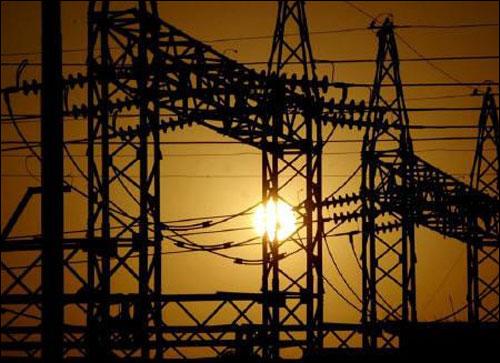 | « Back to article | Print this article |
Hemmed in at home, Tata Power swings focus abroad
Tata Power, India's largest private power producer, is in the process of setting up a 12,500-Megawatt (Mw) generation capacity abroad in the next seven years. This is twice the 6,899-Mw capacity set up in India in its 90-year history.
The company is looking abroad as its domestic plans are facing roadblocks such as limited fuel supply and delayed project approvals. The imported coal-based 4,000-Mw Mundra project is under financial stress following Indonesia's move to ban exports of coal below the notified prices since September 2011.
The company is currently seeking an increase in rates for power produced from the Mundra ultra mega power plant (UMPP) in Gujarat.
The government had awarded the imported coal-based project to the company as domestic supply was not able to meet the rising demand. Besides, delays in clearances and tightening of environmental norms for existing projects have added to the power companies' woes. Now, Tata Power plans to set up plants in countries such as Indonesia to meet its growth target.
Today, the country has 206,000 Mw generation capacity and needs to reach 350,000 Mw by 2020. By that time, Tata Power wants to achieve 26,000 Mw by largely growing abroad.
"We feel responsible enough to check whether we should invest in international assets or wait for things here to become more predictable," said Anil Sardana, managing director. "The view is that we need to create parallel teams and give them the opportunity in each and every front."
The last two units of Mundra UMPP are set to be commissioned in 2013. This, added with some other capacity enhancements, will take the total power generation of Tata Power to 10,300 Mw in a year-and-a-half from the current 6,899 Mw. Another 3,000 Mw will come by virtue of some of the captive mines it is co-developing, taking the capacity to 13,450 Mw.
"Between now and then, there are projects we are developing in joint ventures in Africa and other projects in Southeast Asia and SAARC (South Asian) nations, Turkey and Middle East, which will give us the comfort that we will reach the target," said Sardana.
The company has divided its business development team into five different regions — Africa, Middle East, India and South Asian countries, Southeast Asia (Indonesia, Burma, Vietnam) and Americas. In all these regions, the company has created teams and leads.
"We have told the leads that they are entitled to run. Whosoever gets the clearances the fastest, gets the investment," said Sardana. "If India is able to get clearances faster, we will do more investments here."
By this process, the company aims to de-risk itself from domestic project delays. Currently, the Africa region is leading the race, ahead of India. Its African joint venture Cennergi, formed six months earlier, is already executing projects.
"We do not have very encouraging experience for international investments," said an analyst with a domestic brokerage, who did not want to be identified. "But every investment should be judged on its own merit and as Tata Power starts to deliver, investors' interest would increase."
Worldwide, power companies such as the US-based AES Corp and the UK-based International Power have taken similar route of going across the globe to chase growth. Tata Power now wants to benchmark itself with such global players by going international.
"It's a challenging time in India," says Kameswara Rao, partner at Pricewaterhouse Coopers. "The regulatory and policy response for fuel issue could be much faster to attract investment for projects required in the country."

